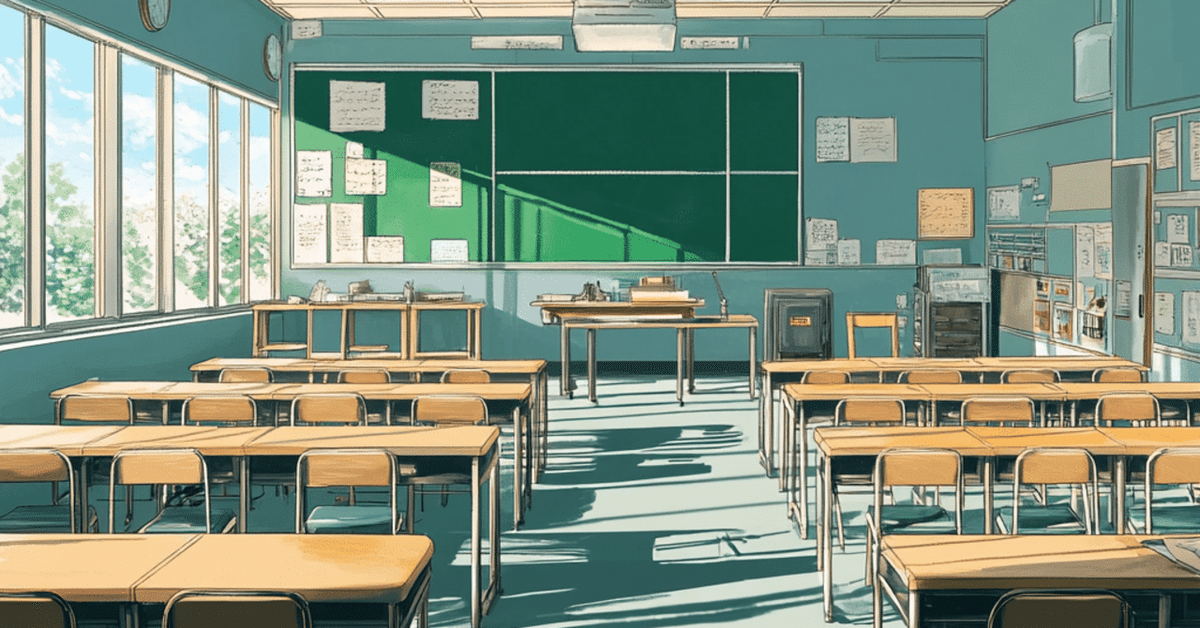
愛知県立時習館高校の中高一貫教育導入について考える(2):2024年12月11日(水)
人の教育は考えれば考えるほど難しい。底なし沼のようだ。教わる側にも教える側にも人間の意思が介在するからである。馬の調教や犬猫を躾けるのとは,根本から全く異なる。
大学教育では,国公立大学と私立大学にかかわらず,ディプロマ・ポリシー(DP;卒業認定・学位授与の方針),カリキュラム・ポリシー(CP;学部・学科における教育課程編成・実施の方針),アドミッション・ポリシー(AP;入学者受け入れ方針)の3つのポリシーを明確に定めることが,大学教育に関する内部質保証のPDCA(計画・実行・評価・改善)サイクルの出発点だと位置づけられている。いまでは,ほとんどの大学が第三者機関による認証評価を実施しているが,これらの表明した3つのポリシーが実際に適切に実践されているかどうかが最も重要な点となる。
こうした大学教育の視点を参考にして,2024年10月20日に行われた「愛知県立時習館高等学校附属中学校」(2026年4月開校予定)の児童・保護者説明会(愛知県教育委員会)資料を見ることにした。全部で115頁のスライドからなり,至れり尽せりの内容の説明会資料である。
その資料の23頁以降には,上記の大学教育の3つのポリシー(DP,CP,AP)に相当する時習館附属中学校の3つのスクール・ポリシーが定められている。すなわち,出口の方針(卒業認定・学位授与の方針に相当)の「育成を目指す資質・能力に関する方針」(目指す生徒像),「教育課程の編成・実施方針」(中学校における学び),「入学者の受け入れに関する方針」(入学を期待する児童像)が示されている。
これらを素直に拝読したところ,第一に考えたことは,新たに誕生する時習館附属中学校の教育理念はどこから現出したものだろうかということだ。第二に,併設型ということからすれば,既設の時習館高等学校の(3つの)スクール・ポリシーと同一のものにすべきではないかということである。明らかに,既設の時習館高等学校の(3つの)スクール・ポリシーとの差異が認められる。とりわけ,目指す生徒像が異なるのは,どのように解釈すれば良いのだろうか。
開校4年後以降,高校入学組のスクール・ポリシーと内進生のスクール・ポリシーは異なるのか,あるいは内進生がスクール・ポリシーを鞍替えするのか。この点が良く分からない。
加えて,2026年4月以降の高校入学生については,時習館高等学校が現行の「全日制学年制」から「全日制単位制」に改編されるという。つまり,単位制になるということは,従来の学年・クラス概念がなくなるということであり,大学と同じ感覚になると思えばよい。内進生を対象に,バカロレアにも挑戦できる仕組みとして,高校2年めで高校3年生になることも可能となる制度を検討中だという。
かなり前のめりになっている感じだが,議論すべき点は少なくないように考える。この点は,別の機会にあらためて論じることにしたい。
Considering the Implementation of Integrated Junior and Senior High School Education at Aichi Prefectural Jishukan High School (2): Wednesday, December 11, 2024
The more one contemplates education, the more it appears to be an unfathomable challenge—akin to a bottomless swamp. This is because human will is involved on both sides: those being taught and those doing the teaching. It is fundamentally different from training horses or disciplining cats and dogs.
In higher education, whether at national, public, or private universities, it is established that defining three core policies—Diploma Policy (DP; graduation and degree awarding guidelines), Curriculum Policy (CP; guidelines for structuring and implementing educational programs), and Admission Policy (AP; criteria for accepting students)—is the starting point for the Plan-Do-Check-Act (PDCA) cycle, which ensures internal quality assurance. Today, most universities undergo external accreditation evaluations. However, what matters most is whether these three stated policies are being implemented effectively.
Drawing from this perspective on university education, I reviewed the materials from the information session for students and parents held on October 20, 2024, by the Aichi Prefectural Board of Education regarding the new Jishukan High School Affiliated Junior High School, scheduled to open in April 2026. The materials consisted of 115 detailed slides, providing a comprehensive explanation.
From page 23 onward, the document outlines the three “school policies” of Jishukan Affiliated Junior High School, corresponding to the three core policies of university education (DP, CP, AP). These are:
1. Policy on fostering qualities and abilities (equivalent to the Diploma Policy, focusing on the desired attributes of graduates).
2. Policy on structuring and implementing the curriculum (centered on learning at the junior high school level).
3. Policy on the type of students sought for admission (equivalent to the Admission Policy, describing the qualities expected of incoming students).
Upon reading this document, two immediate questions came to mind. First, where did the educational philosophy of the newly established Jishukan Affiliated Junior High School originate? Second, given its status as an affiliated school, shouldn’t its policies align with those of the existing Jishukan High School? There are clear differences between the policies of the new junior high school and those of the existing high school. In particular, the divergence in the “desired attributes of graduates” is perplexing—how should this be interpreted?
After the junior high school opens, will there be separate school policies for students who enter high school from the junior high program (internal progression) and those who join directly at the high school level? Or will the internal students transition to a different policy? This remains unclear.
Additionally, beginning with the April 2026 cohort, Jishukan High School will transition from its current “full-time year-based system” to a “full-time credit-based system.” In other words, the credit-based system will eliminate the traditional concepts of grades and homerooms, making it more akin to a university structure. For internal students, a new system is being considered, allowing them to challenge the Baccalaureate and potentially progress to their third year of high school within two years.
While these plans appear ambitious, many points still need thorough discussion. I plan to explore these issues in more detail at another time.
【関連投稿記事】
